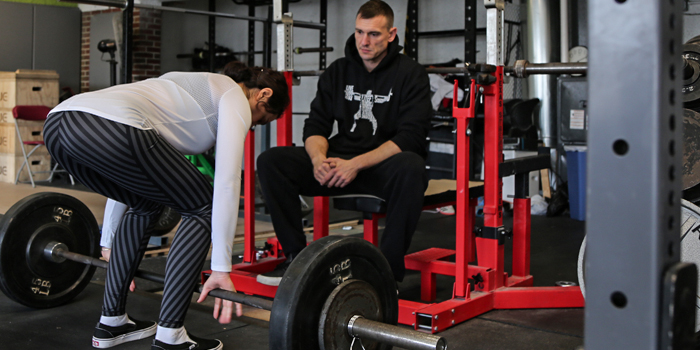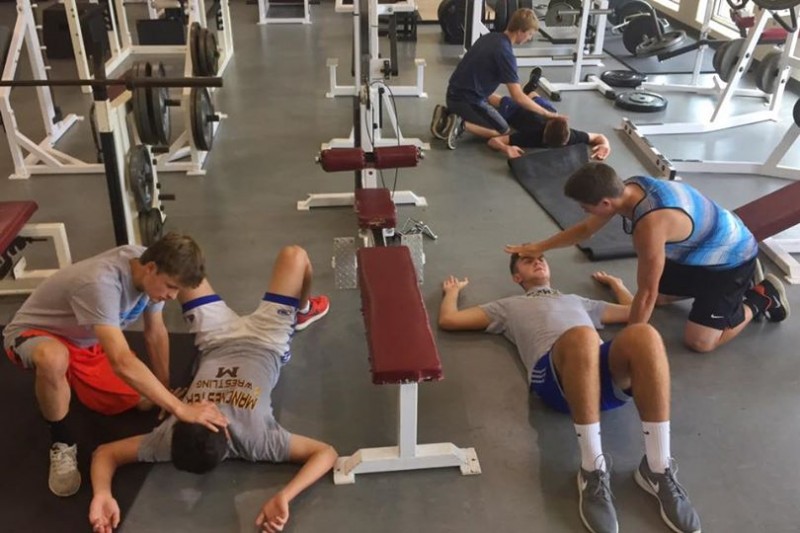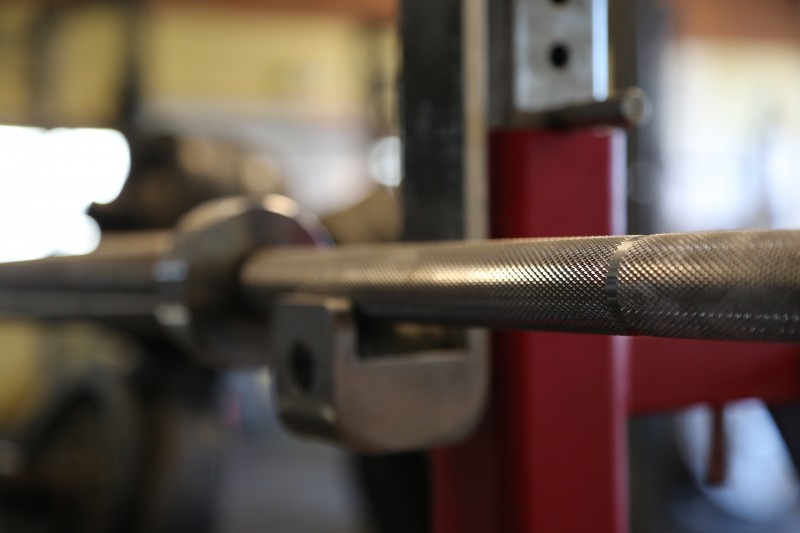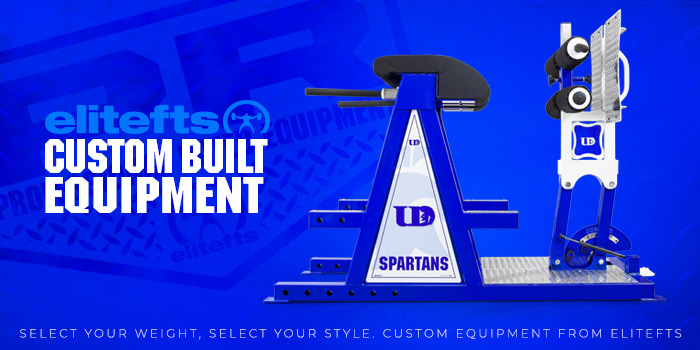
Most of my career has been spent designing and implementing strength training workouts for colleges and high schools. I used to be very opinionated about which exercises were the right exercises.
These days my friends hear me say, “It’s all good” a lot, and I mean it. As I look around, I constantly remind myself that there’s always a reason.
It took time, but my perception has been softened by experience, empathy, and maybe some sympathy mixed in.
RECENT: 5 Ways to Make Weight Rooms Work for Our Kids
A haphazard workout does not always mean a lack of effort but a lack of education. As long as they’re being respectful of others, I’m glad they made it to the weight room.
Listed below are the general criteria that I consider when writing a program.
1. Choose the Safest Exercises for the Environment and Athletes
I’ll use Olympic lifts as an example. I love Olympic lifts, but they’re rarely appropriate for my audience: 30 to 50 kids wandering around heavy things looking to me for coaching cues. The pros of the advanced movement don’t outweigh the cons of performing it incorrectly.
Coaches should always be considering the coach to athlete ratio.
If we’re looking for a quick triple extension movement, there are plenty of options other than the Olympic lift. It’s our job to choose the safest one for our environment.
That’s only one example of countless considerations we’ll need to examine before deciding to implement an exercise.

2. Choose Exercises That We Can Teach
This seems obvious, but I still see it happen all of the time. I get calls from coaches who want to implement a lift but don’t know where to begin with teaching it.
Coaches need to be able to teach an exercise before they implement it. This means we need to have coaching cues that will elicit the responses we need. Furthermore, a cue and its delivery may work for one kid but not remotely for another. Coaches must be adaptable and intuit the appropriate cue and delivery for the individual.
Coaches must be fluent in the cues and adaptations of the movements they choose to teach.
3. Select Exercises That We Have the Resources For
If we have 30 kids, 20 minutes, and two squat racks, we’re probably not squatting.
Weight room resources are not just about the equipment. It’s the logistics or workout-flow of an hour, a day, a week, a month, or a year of working out. Time management is a key resource.
4. Use Exercises with an Adequate Rate of Loading
It’s imperative to incorporate a systematic progression for exercises, but coaches don’t always have the luxury of planning the perfect year of periodization. Sometimes we have a month or two to get kids as strong as we can safely.
RELATED: What Makes a Good Coach?
Looking past the idea of hinging versus squatting, if I must choose a lower body pressing movement for a one-month block, and my resources include the trap bar deadlift or a squat, I’ll probably choose the trap bar.
I’ll choose the exercise that I can overload in minimal time. In my experience, we’ve been able to put more weight on the trap bar in minimal time versus working on the squat, which is more technically demanding.
5. Choose Exercises or Derivatives That Can Be Performed Year-Round
If the group can’t do the exercise or a derivative in-season, don’t do it. It’s as simple as that.
6. Choose Exercises That We Can Quantify Progress With
We’re not going to record every single set, rep, or weight, but we’re going to choose a handful of structural or core exercises that we can measure our progress with and be goal-oriented with.
7. Use Purposeful Exercises
Of course, occasionally, coaches must choose a sort-of filler exercise in order to keep the traffic flow moving, but even then, we need to be looking into that exercise toolbox and do our best to choose something that has a good, relative purpose for the goal in mind.

8. Use Exercises That Have Regression Options
Don’t leave our kids in a helpless situation. This week, I asked about 100 elementary school kids if they’ve ever been told to do a push-up by a teacher, coach, or parent. Most of them raised their hands.
I then asked the same group if they had been taught how to do a push-up before being asked to perform one and again most of them raised their hand. We did a push-up, and it was clear that the majority of them weren’t strong enough to perform a proper one.
All exercises should be taught before they are performed, and regressions are required in almost every case. Every lift has regression options.
Be prepared with regression exercises for kids who can’t perform the minimal amount of weight that the majority is using.
READ MORE: 10 Ways to Develop Mental Toughness in Young Athletes
Remember, we can’t coach something if we don’t first teach it.
Please remember that there isn’t a one-size-fits-all training protocol, and these are just some general suggestions based on a few successes and countless failures over my career.
Adam Stoyanoff began his strength and conditioning career at Bowling Green State University in 2006. After BGSU, he spent time coaching in the private sector in the metro-Detroit area. While there, much of his time was spent implementing strength training programs for high schools and small colleges. He’s used the past 16 years to share his passion and to teach the value of strength training to thousands of individuals. He holds bachelor’s and master’s degrees in the field of exercise science.











My favorite one was #8 with regression options. Nobody wants to be that kid that the coach looks at his squat and just sighs, especially when that kid probably already has the lowest self-esteem on the team. Having that kid hit some goblet squats instead of barbell squats or sound push-ups with his hands on a bench instead of flopping around on the floor could have such a positive effect, both psychologically and physically.
Great stuff man, I'm bookmarking this one for when I get back into coaching.